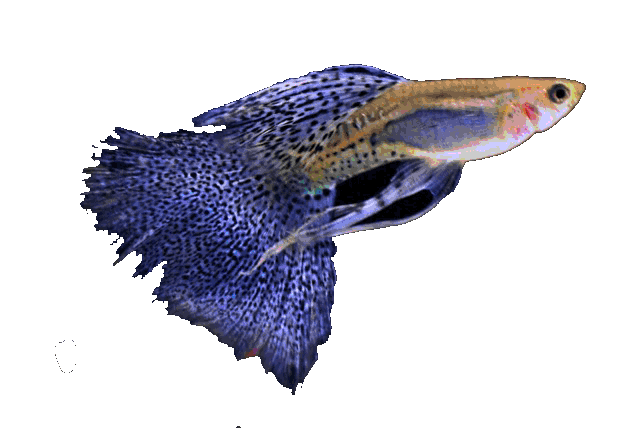



Basic data:
Scientific name: Dermogenys pusilla / Kuhl & van Hasselt, 1823
Explanation of words: Dermogenys (dermis = skin, genes = cheek, jaw)
Slovenian name: Little beaked pike
Group: Livebirds
Source: India, Myanmar, Thailand, Laos, Cambodia, Vietnam, Philippines, Malaysia and Indonesia .
Size: Males: 5.5 cm, females: 7 cm
Biotope / habitat : Likes stagnant to slow-flowing water, stays on the surface among floating plants.
Social behavior: Males often fight with each other, coexisting with peaceful fish of the same size
Nutrition: Food on the surface (fleas, algae, insects, ...)
Cultivation: Moderately difficult
Aquarium: Minimum 70 liters
Population: 6 fish in 70 liters of water
Decoration: Floating plants
Temperature: 24-28 ° C
pH: 6.5-8
Hardness: from 5 ° dGh to 10 ° dGh
Lifespan: 3 years
Synonyms
Dermogenys pusilla A small beaked pike
Dermogenys burmanicus / non Mukerji, 1935
Dermogenys pusillus / Kuhl & van Hasselt, 1823
Dermogenys siamensis / non Fowler, 1934
Dermogynys pusilus / Kuhl & van Hasselt, 1823
Kingdom: Animalia / animals
Trunk: Chordata / string players
Class: Actinopterygii / arthropods
Order: Beloniformes / needles and flyers
Family: Zenarchopteridae / freshwater beaked pike
Genus: Dermogenys
Species: Dermogenys pusilla
Kuhl & van Hasselt, 1823
Cultivation
For a pike, the surface of the water is more important than the depth, as it spends almost all of its life just below the water's surface. We take care of dense vegetation on the surface. We cover the aquarium well as the fish is an excellent jumper. They may have the addition of salt in the water, which is changed often enough in smaller quantities. We take care of stable chemistry and temperature in the aquarium. Always have a group of pike (male to 3 females). The flow of water should be slow as in nature it inhabits the shallow banks of lowland rivers.
Food
The pike feeds exclusively on the surface of the water, it loves live food that it picks up from the surface (fleas, flies, larvae, ...)
Reproduction
Females are larger and have yellow fins on a greenish-yellow gray background, while males have a red spot on the dorsal and anal fins. Let's have it at least three females per male.
Problems with stillborn pups are common in the aquarium, which is due to diet (some authors state that vitamin D deficiency is to blame). The female bears young from 3-6 weeks depending on the temperature.
Puppies are best removed immediately as they are easy prey for parents.
They are immediately fed artemia nauplii and dry powdered food with the addition of spirulina. Vitamins A and D are essential.
The pike is a real live-bearer. (viviparousness)
Interesting
By nature, the fish is very timid, despite the fact that males are real fighters and always compete for supremacy if they meet, a smaller male fortunately almost always escapes and endures defeat without major consequences.
The fish are silver-gray with a hint of green or blue, the abdomen area may be white.
The lower jaw has two colored lines on each side, one black and one red.
The dorsal, anal (caudal) and caudal fins are pale yellow, the males have characteristic red spots on the fins.
Female colors are generally slightly paler. The eyes are greenish.




